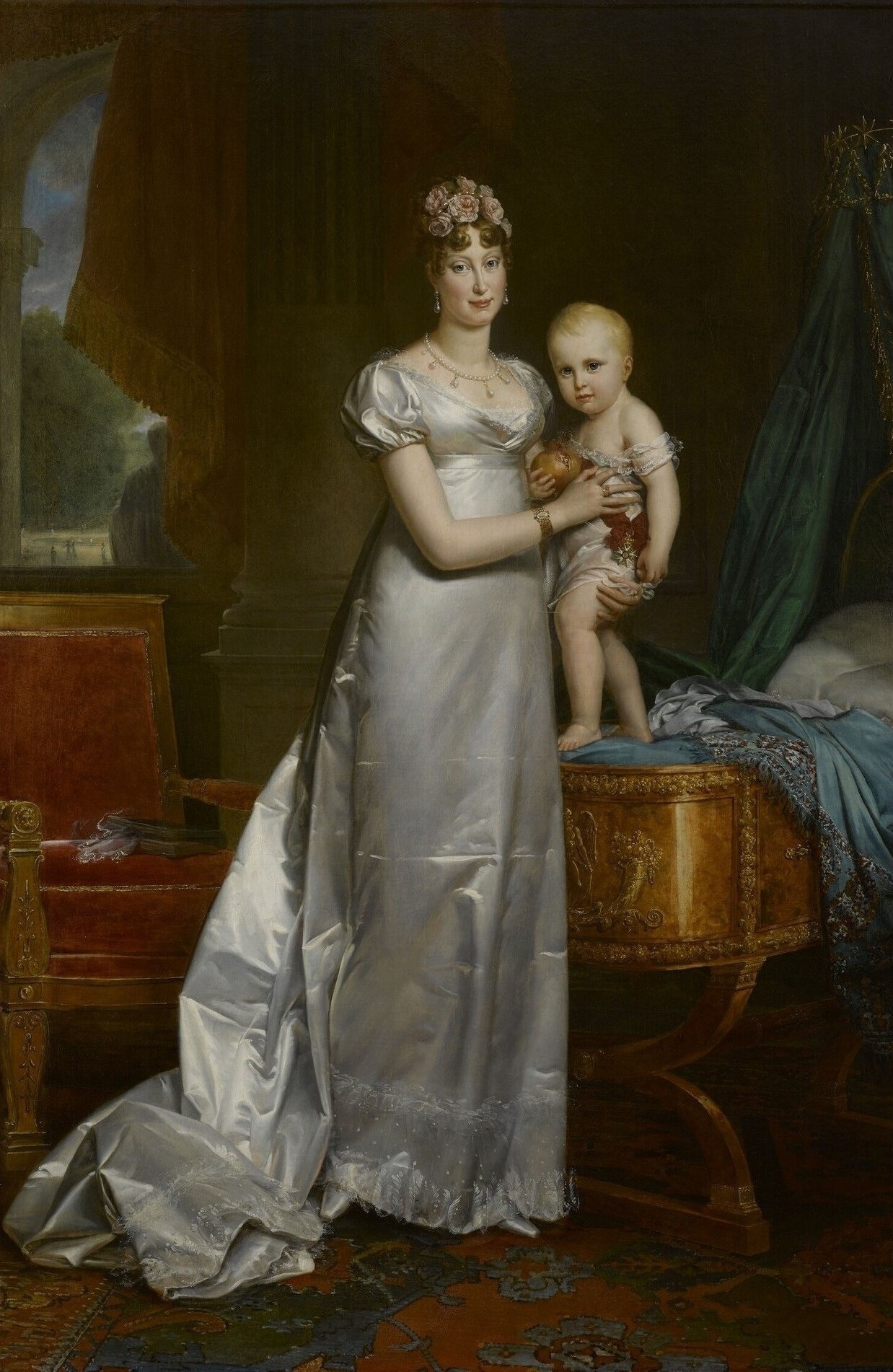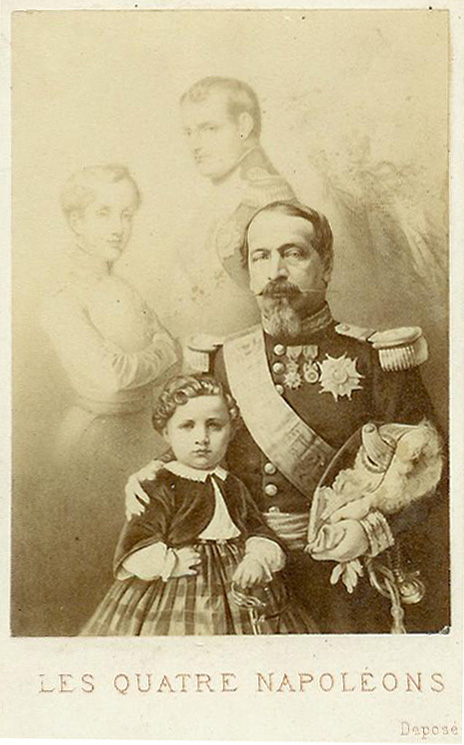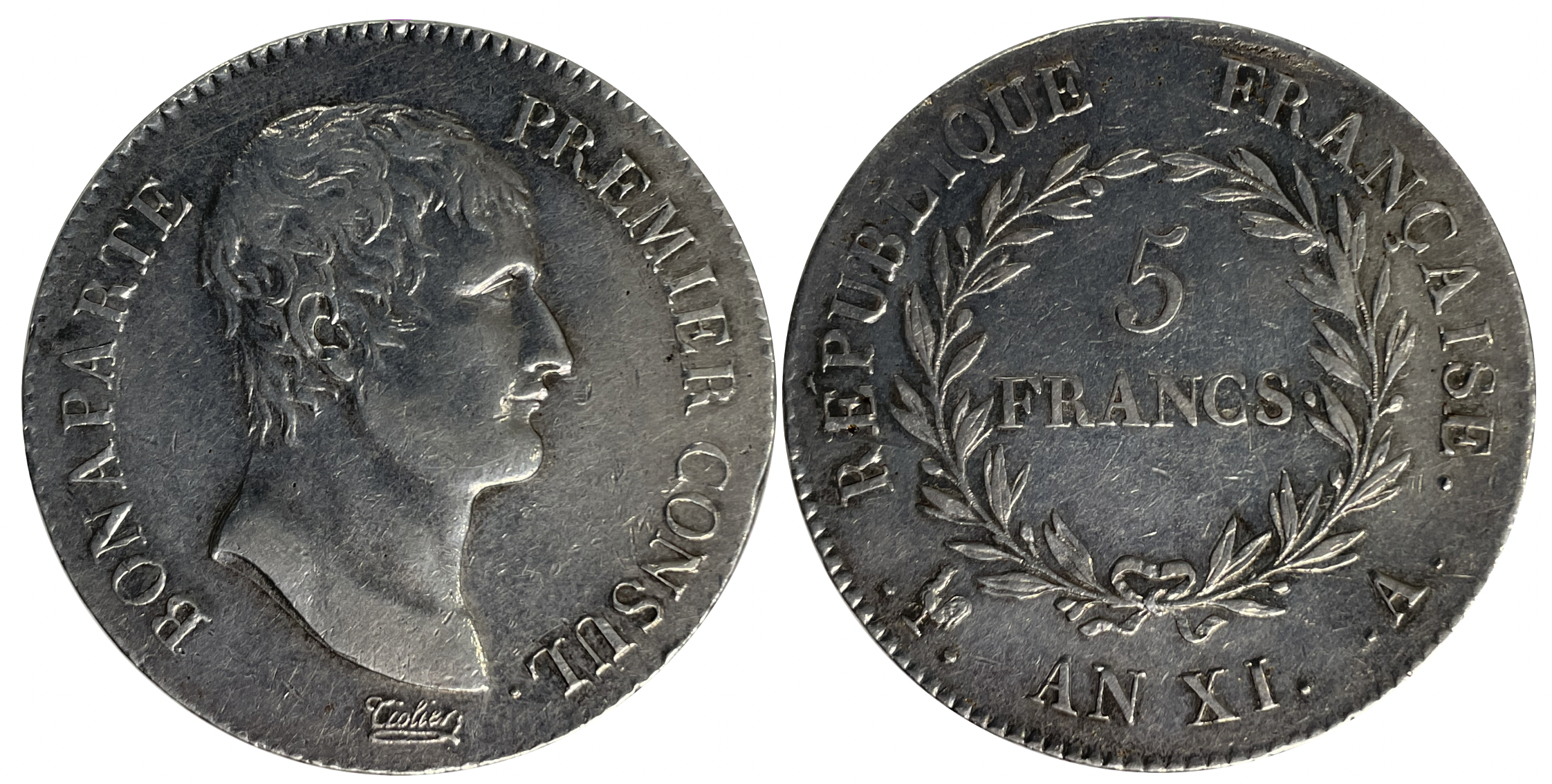|
Napoleon
Napoleon Bonaparte ; it, Napoleone Bonaparte, ; co, Napulione Buonaparte. (born Napoleone Buonaparte; 15 August 1769 – 5 May 1821), later known by his regnal name Napoleon I, was a French military commander and political leader who rose to prominence during the French Revolution and led successful campaigns during the Revolutionary Wars. He was the ''de facto'' leader of the French Republic as First Consul from 1799 to 1804, then Emperor of the French from 1804 until 1814 and again in 1815. Napoleon's political and cultural legacy endures to this day, as a highly celebrated and controversial leader. He initiated many liberal reforms that have persisted in society, and is considered one of the greatest military commanders in history. His wars and campaigns are studied by militaries all over the world. Between three and six million civilians and soldiers perished in what became known as the Napoleonic Wars. Napoleon was born on the island of Corsica, not long af ... [...More Info...] [...Related Items...] OR: [Wikipedia] [Google] [Baidu] |
Hundred Days
The Hundred Days (french: les Cent-Jours ), also known as the War of the Seventh Coalition, marked the period between Napoleon's return from eleven months of exile on the island of Elba to Paris on20 March 1815 and the second restoration of King Louis XVIII on 8 July 1815 (a period of 110 days). This period saw the War of the Seventh Coalition, and includes the Waterloo Campaign, the Neapolitan War as well as several other minor campaigns. The phrase ''les Cent Jours'' (the hundred days) was first used by the prefect of Paris, Gaspard, comte de Chabrol, in his speech welcoming the king back to Paris on 8 July. Napoleon returned while the Congress of Vienna was sitting. On 13March, seven days before Napoleon reached Paris, the powers at the Congress of Vienna declared him an outlaw, and on 25March Austria, Prussia, Russia and the United Kingdom, the four Great Powers and key members of the Seventh Coalition, bound themselves to put 150,000 men each into the field to end ... [...More Info...] [...Related Items...] OR: [Wikipedia] [Google] [Baidu] |
Marie Louise Of Austria
Marie Louise (12 December 1791 – 17 December 1847) was an Austrian archduchess who reigned as Duchess of Parma from 11 April 1814 until her death. She was Napoleon's second wife and as such Empress of the French and Queen of Italy from their marriage on 1 April 1810 until his abdication on 6 April 1814. As the eldest child of Francis II, Holy Roman Emperor and Emperor of Austria, and his second wife, Maria Theresa of Naples and Sicily, Marie Louise grew up during a period of continuous conflict between Austria and revolutionary France. A series of military defeats at the hands of Napoleon Bonaparte had inflicted a heavy human toll on Austria and led Francis to dissolve the Holy Roman Empire. The end of the War of the Fifth Coalition resulted in the marriage of Napoleon and Marie Louise in 1810, which ushered in a brief period of peace and friendship between Austria and the French Empire. Marie Louise agreed to the marriage despite being raised to despise France. She was ado ... [...More Info...] [...Related Items...] OR: [Wikipedia] [Google] [Baidu] |
Coronation Of Napoleon I
Napoleon was crowned Emperor of the French on Sunday, December 2, 1804 (11 Frimaire, Year XIII according to the French Republican calendar), at Notre-Dame de Paris in Paris. It marked "the instantiation of hemodern empire" and was a "transparently masterminded piece of modern propaganda". Napoleon wanted to establish the legitimacy of his imperial reign, with its new dynasty and new nobility. To this end, he designed a new coronation ceremony unlike that for the kings of France, which had emphasized the king's consecration (''sacre'') and anointment and was conferred by the archbishop of Reims in Reims Cathedral. Napoleon's was a sacred ceremony held in the great cathedral of Notre Dame de Paris in the presence of Pope Pius VII. Napoleon brought together various rites and customs, incorporating ceremonies of Carolingian tradition, the ''Ancien Régime'' and the French Revolution, all presented in sumptuous luxury. On May 18, 1804, the '' Sénat conservateur'' vested ... [...More Info...] [...Related Items...] OR: [Wikipedia] [Google] [Baidu] |
Ajaccio
Ajaccio (, , ; French: ; it, Aiaccio or ; co, Aiacciu , locally: ; la, Adiacium) is a French commune, prefecture of the department of Corse-du-Sud, and head office of the '' Collectivité territoriale de Corse'' (capital city of Corsica). It is also the largest settlement on the island. Ajaccio is located on the west coast of the island of Corsica, southeast of Marseille. The original city went into decline in the Middle Ages, but began to prosper again after the Genoese built a citadel in 1492, to the south of the earlier settlement. After the Corsican Republic was declared in 1755, the Genoese continued to hold several citadels, including Ajaccio, until the French took control of the island. The inhabitants of the commune are known as ''Ajacciens'' (men) or ''Ajacciennes'' (women). The most famous of these is Napoleon Bonaparte, who was born in Ajaccio in 1769, and whose ancestral home, the Maison Bonaparte, is now a museum. Other dedications to him in the city inc ... [...More Info...] [...Related Items...] OR: [Wikipedia] [Google] [Baidu] |
Napoleon II
, house = Bonaparte , father = Napoleon I, Emperor of the French , mother = Marie Louise, Duchess of Parma , birth_date = , birth_place = Tuileries Palace, Paris, French Empire , death_date = , death_place = Schönbrunn Palace, Vienna, Austrian Empire , place of burial = Napoleon's tomb, Les Invalides , religion = Roman Catholicism Napoleon II (Napoléon François Joseph Charles Bonaparte; 20 March 181122 July 1832) was disputed Emperor of the French for a few weeks in 1815. The son of Emperor Napoleon I and Marie Louise of Austria, he had been Prince Imperial of France and King of Rome since birth. After the fall of his father, he lived the rest of his life in Vienna and was known in the Austrian court as Franz, Duke of Reichstadt for his adult life (from the German version of his second given name, along with a title he was granted by the Austrian emperor in 181 ... [...More Info...] [...Related Items...] OR: [Wikipedia] [Google] [Baidu] |
Jean-Jacques-Régis De Cambacérès
Jean-Jacques-Régis de Cambacérès, Duke of Parma (, 18 October 17538 March 1824), was a French nobleman, lawyer, freemason and statesman during the French Revolution and the First Empire. He is best remembered as one of the authors of the Napoleonic Code, which still forms the basis of French civil law and French-inspired civil law in many countries. Early life Cambacérès was born in Montpellier, into a family of the legal nobility. Although his childhood was relatively poor, his brother Étienne Hubert de Cambacérès later became a cardinal, and his father later became mayor of Montpellier. In 1774, Cambacérès graduated in law from the college d'Aix and succeeded his father as Councillor in the court of accounts and finances in Toulouse. He was a supporter of the French Revolution of 1789, and was elected as an extra deputy to represent the nobility of Montpellier, in case the government doubled the nobility's delegation at the meeting of the Estates-G ... [...More Info...] [...Related Items...] OR: [Wikipedia] [Google] [Baidu] |
Emperor Of The French
Emperor of the French (French: ''Empereur des Français'') was the title of the monarch and supreme ruler of the First and the Second French Empires. Details A title and office used by the House of Bonaparte starting when Napoleon was proclaimed Emperor on 18 May 1804 by the Senate and was crowned Emperor of the French on 2 December 1804 at the cathedral of Notre-Dame de Paris, in Paris, with the Crown of Napoleon. The title emphasized that the emperor ruled over "the French people" (the nation) and not over France (the state). The old formula of "King of France" indicated that the king owned France as a personal possession. The new term indicated a constitutional monarchy. The title was purposely created to preserve the appearance of the French Republic and to show that after the French Revolution, the feudal system was abandoned and a nation-state was created, with equal citizens as the subjects of their emperor. (After 1 January 1809, the state was officially referred to ... [...More Info...] [...Related Items...] OR: [Wikipedia] [Google] [Baidu] |
Louis XVIII
Louis XVIII (Louis Stanislas Xavier; 17 November 1755 – 16 September 1824), known as the Desired (), was King of France from 1814 to 1824, except for a brief interruption during the Hundred Days in 1815. He spent twenty-three years in exile: during the French Revolution and the First French Empire (1804–1814), and during the Hundred Days. Until his accession to the throne of France, he held the title of Count of Provence as brother of King Louis XVI. On 21 September 1792, the National Convention abolished the monarchy and deposed Louis XVI, who was later executed by guillotine. When his young nephew Louis XVII died in prison in June 1795, the Count of Provence proclaimed himself (titular) king under the name Louis XVIII. Following the French Revolution and during the Napoleonic era, Louis XVIII lived in exile in Prussia, England, and Russia. When the Sixth Coalition finally defeated Napoleon in 1814, Louis XVIII was placed in what he, and the French r ... [...More Info...] [...Related Items...] OR: [Wikipedia] [Google] [Baidu] |
Eugène De Beauharnais
Eugène Rose de Beauharnais, Duke of Leuchtenberg (; 3 September 1781 – 21 February 1824) was a French nobleman, statesman, and military commander who served during the French Revolutionary Wars and the Napoleonic Wars. Through the second marriage of his mother, Joséphine de Beauharnais, he was the stepson of Napoleon Bonaparte. Under the French Empire, he also became Napoleon's adopted son (but not the heir to the imperial throne). He commanded the Army of Italy during the Napoleonic Wars and was Viceroy of the Kingdom of Italy under his stepfather. Historians consider him one of Napoleon's most able relatives. Biography Eugène Rose de Beauharnais was born in Paris on 3 September 1781 to the noble Beauharnais family. He was the son of Viscount Alexandre de Beauharnais and Joséphine Tascher de la Pagerie, both born in the French colony of Martinique. Alexandre was executed by guillotine in 1794, a few days before the end of the revolutionary Reign of Terror. Eugène beg ... [...More Info...] [...Related Items...] OR: [Wikipedia] [Google] [Baidu] |
French Consulate
The Consulate (french: Le Consulat) was the top-level Government of France from the fall of the Directory in the coup of 18 Brumaire on 10 November 1799 until the start of the Napoleonic Empire on 18 May 1804. By extension, the term ''The Consulate'' also refers to this period of French history. During this period, Napoleon Bonaparte, as First Consul (), established himself as the head of a more authoritarian, autocratic, and centralized republican government in France while not declaring himself sole ruler. Due to the long-lasting institutions established during these years, Robert B. Holtman has called the Consulate "one of the most important periods of all French history." Napoleon brought authoritarian personal rule which has been viewed as military dictatorship. Fall of the Directory government French military disasters in 1798 and 1799 had shaken the Directory, and eventually shattered it in November 1799. Historians sometimes date the start of the political ... [...More Info...] [...Related Items...] OR: [Wikipedia] [Google] [Baidu] |
Les Invalides
The Hôtel des Invalides ( en, "house of invalids"), commonly called Les Invalides (), is a complex of buildings in the 7th arrondissement of Paris, France, containing museums and monuments, all relating to the military history of France, as well as a hospital and a retirement home for war veterans, the building's original purpose. The buildings house the Musée de l'Armée, the military museum of the Army of France, the Musée des Plans-Reliefs, and the Musée d'Histoire Contemporaine. The complex also includes the former hospital chapel, now national cathedral of the French military, and the adjacent former Royal Chapel known as the , the tallest church building in Paris at a height of 107 meters. The latter has been converted into a shrine of some of France's leading military figures, most notably the tomb of Napoleon. History Louis XIV initiated the project by an order dated 24 November 1670, as a home and hospital for aged and disabled () soldiers. The initial ... [...More Info...] [...Related Items...] OR: [Wikipedia] [Google] [Baidu] |
United Kingdom Of Great Britain And Ireland
The United Kingdom of Great Britain and Ireland was a sovereign state in the British Isles that existed between 1801 and 1922, when it included all of Ireland. It was established by the Acts of Union 1800, which merged the Kingdom of Great Britain and the Kingdom of Ireland into a unified state. The establishment of the Irish Free State in 1922 led to the remainder later being renamed the United Kingdom of Great Britain and Northern Ireland in 1927. The United Kingdom, having financed the European coalition that defeated France during the Napoleonic Wars, developed a large Royal Navy that enabled the British Empire to become the foremost world power for the next century. For nearly a century from the final defeat of Napoleon following the Battle of Waterloo to the outbreak of World War I, Britain was almost continuously at peace with Great Powers. The most notable exception was the Crimean War with the Russian Empire, in which actual hostilities were relatively li ... [...More Info...] [...Related Items...] OR: [Wikipedia] [Google] [Baidu] |




.jpg)





